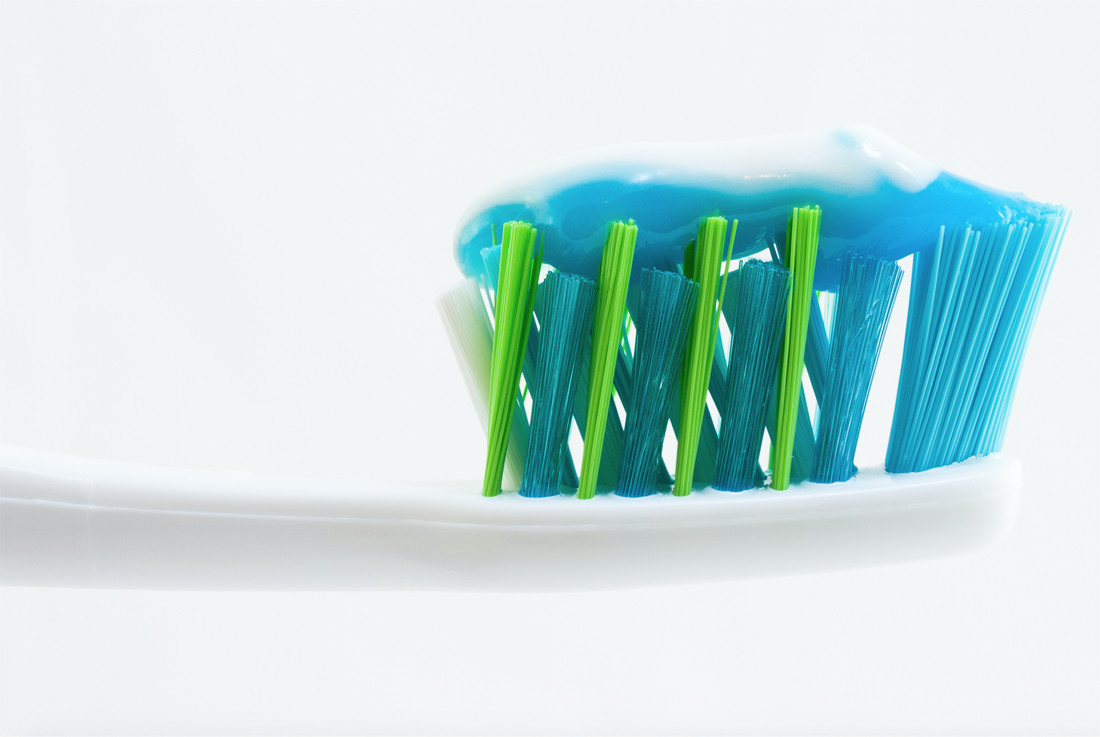By Danielle Prieur
A new toothpaste is preventing decay by staining plaque green to make it easier to remove.
Plaque HD, a plaque detection toothpaste, invented by Dr. Lawrence Hier, a Boynton Beach, Florida orthodontist, will be featured at the Chicago Dental Society’s 151st Midwinter Meeting that will beheld at McCormick Place from Feb. 25 through Feb. 27.
“Plaque is a mixture of bacteria and a sticky matrix that holds to teeth. [It’s a ] really good camouflager. It’s really hard to distinguish plaque on a tooth,” said Dr. Mary Hayes, a Chicago pediatric dentist “Someone realized there is a thickness and a presence, if you wanted to see [plaque], you could perhaps stain it.”
Hayes said the idea of visualizing plaque was an old one. She noted that plaque disclosing tablets, used for decades, turned plaque red after patients chewed them. But patients tended to take them home and not use them.
She said Plaque HD, which is made in Joliet, uses the same principle, but incorporates the stain into the dentifrice.
“The idea […] is to stain the plaque and then you can see where the plaque is residing on the teeth. As a dentist, when we disclose plaque and learn about where plaque is on teeth, we learn that plaque generally does not really stick to the eating service, it sticks to the third of tooth next to gum,” said Hayes.
Not only is this visual engaging for pediatric patients, but it’s crucial to a patient’s health as missing this third of the tooth next the gum can lead to decay and poor oral health.
“Just architecturally, there’s a little convexity near the gum line, so bacteria can sit in there and be protected and they have found a niche from where they’re less likely to be dislodged,” said Hayes.
She said two orthodontists at her office have used the product, but she prefers a plaque detecting stain as it is less messy and more affordable for patients. Plaque HD sells for $21 at most offices.
Her preferred plaque detection product, a mouthwash called Cool Blue invented by Listerine, turned blue in the presence of plaque. It was discontinued in 2007 as due to contamination.
“Kids would rinse and get a blue color on teeth and it was easy and it didn’t make a mess like disclosing tablets that a very intense dye that get everywhere,” said Hayes.
Hayes said that Plaque HD is “another iteration” of these plaque detection products. She said they are, “really good for anybody who has braces on or who needs some guidance as to have some more security that they’ve got their mouth clean after brushing.”
Dr. Ben Belavsky, an orthodontic resident at the University of Illinois at Chicago College of Dentistry, and co-author of the first tests performed on Plaque HD at the dental school, agreed with Hayes that Plaque HD has obvious applications in pediatric populations but also thinks the product will be useful in geriatric populations.
In the study published in the International Journal of Dentistry and Oral Science on Jan. 13, 2016, Belavsky reported his team “found that more plaque could be removed when Plaque HD was used versus a control toothpaste that did not have a plaque-indicating dye.”
Belavsky said as plaque and oral health are correlated: as plaque decreases, oral health improves.
Amount of Remaining Plaque after Using Plaque HD

Like Hayes, he envisions pediatric patients using the product at home to learn proper oral health technique.
“I think that younger patients would be a main consumer of this type of product because dental providers would want to teach good hygiene habits early on, rather than attempt to break bad ones that have been ingrained for some time,” said Belavsky.
Along with pediatric populations, he envisions the product being used in geriatric patients’ oral health routine at home.
“Even if we ignore their often complicated medical histories and systemic health, many geriatric patients have decreased manual dexterity leading to a diminished ability to perform basic oral hygiene. Furthermore, many also suffer from some form of xerostomia (dry mouth), which significantly increases the rate of oral deterioration,” said Blavsky.
Although Blavksy and the UIC College of Dentistry’s researchers focused only on the correlation between plaque incidence and Plaque HD, Dr. Kimberly Fasula thinks that Plaque HD might have larger implications for the health of the whole body.
Now in a follow-up study at UIC, Fasula said that her team of researchers are studying the link between Plaque HD and improved cardiovascular health.
Healthy patients, between the ages of 18 and 45, participate in the study for 30 days where they are placed in either a control or test group. Blood tests are performed to detect levels of C-reactive protein before and after using Plaque HD for 30 days.
C-reactive protein, an indicator of inflammation is an early indicator of poor cardiac health. The higher the levels of C-reactive protein in a patient’s blood, the more likely they are to experience a cardiac event, said Fasula.
Although she said she can’t tell until they analyze the data whether there is a correlation between improved cardiovascular health and Plaque HD, she’s hopeful that they might find a whole body connection.
“So we’re in the very end stage and so we can’t compute and come up with preliminary results. Ben did the phase before mine, which is assessing plaque. We already know it’s affecting plaque release and [will] see if there is systemic indication. There is nothing out there like this,” said Fasula.
Until then, Plaque HD will continue to turn teeth green in the name of improved dental health.
Photo at top: Plaque HD, a new toothpaste that detects plaque on teeth. Photo courtesy of William Warby.

